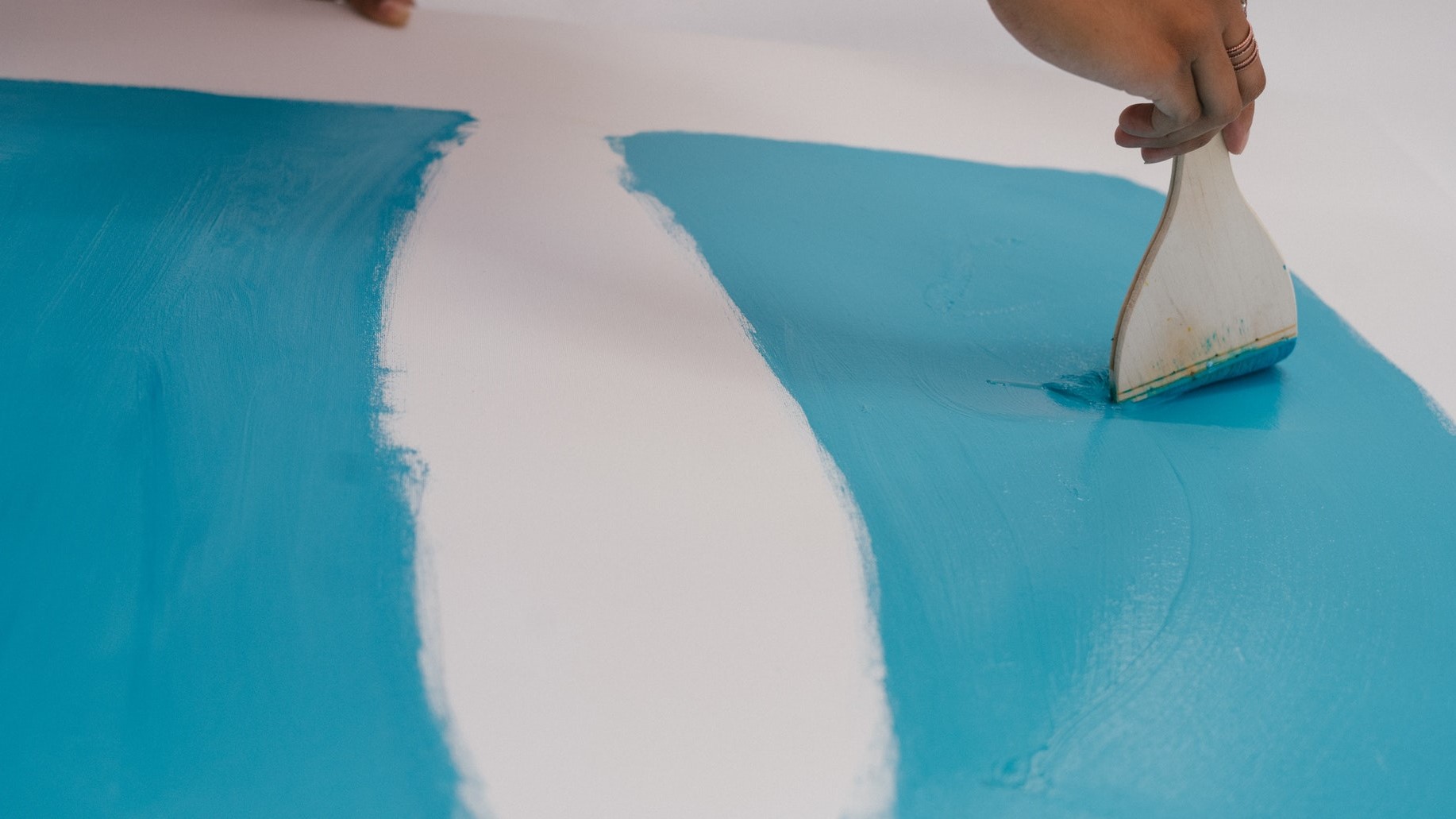Understanding Semi-Gloss Paint in Bathrooms: Can You Use Semi Gloss Paint In Bathroom

Semi-gloss paint is a popular choice for bathrooms due to its unique properties that make it well-suited for this high-moisture environment. Its smooth, durable finish and resistance to moisture make it an ideal option for walls, trim, and cabinets.
Benefits of Semi-Gloss Paint in Bathrooms
Semi-gloss paint offers several advantages that make it a practical choice for bathroom spaces.
- Durability: Semi-gloss paint forms a hard, protective layer that resists scratches, scuffs, and abrasions. This durability is particularly beneficial in bathrooms, where surfaces are often exposed to moisture, cleaning products, and everyday wear and tear.
- Moisture Resistance: The smooth, non-porous surface of semi-gloss paint repels water and prevents moisture from seeping into the underlying substrate. This resistance to moisture is crucial in bathrooms, where condensation and splashes are common.
- Easy Cleaning: The glossy finish of semi-gloss paint makes it easy to wipe clean spills, splashes, and dirt. This ease of cleaning is essential in bathrooms, where surfaces can quickly become soiled.
Common Applications of Semi-Gloss Paint in Bathrooms
Semi-gloss paint is commonly used in various areas of the bathroom, enhancing both functionality and aesthetics.
- Walls: Semi-gloss paint is often used on bathroom walls, providing a durable and moisture-resistant finish that is easy to clean. It can create a bright and airy atmosphere, especially when paired with light colors.
- Trim: Semi-gloss paint is a popular choice for trim in bathrooms, including baseboards, window and door frames, and crown molding. Its glossy finish adds a touch of elegance and helps to create a clean and defined look.
- Cabinets: Semi-gloss paint is often used on bathroom cabinets, providing a durable and moisture-resistant surface that can withstand frequent cleaning. It can enhance the look of cabinets, giving them a polished and sophisticated appearance.
Considerations for Using Semi-Gloss Paint in Bathrooms

While semi-gloss paint offers durability and easy cleaning, it’s crucial to weigh its advantages against potential drawbacks before making a final decision. Choosing the right paint finish for your bathroom depends on factors such as the room’s size, lighting, and desired aesthetic.
Comparing Semi-Gloss Paint to Other Finishes
Understanding the differences between various paint finishes can help you make an informed decision.
- Matte: Offers a flat, non-reflective finish, ideal for hiding imperfections and creating a cozy ambiance. However, matte paint is more susceptible to stains and requires more frequent cleaning.
- Eggshell: Provides a soft, subtle sheen, offering a balance between matte and satin finishes. It’s less prone to showing imperfections than matte but still offers a warm, inviting feel.
- Satin: Offers a smooth, slightly reflective finish, providing a balance between durability and a soft appearance. It’s more resistant to stains than matte or eggshell, making it a popular choice for high-traffic areas like bathrooms.
- Semi-gloss: Provides a durable, reflective finish, making it easy to clean and resistant to moisture. However, its reflective nature can accentuate imperfections and create a brighter, more clinical atmosphere.
Potential Drawbacks of Semi-Gloss Paint in Bathrooms, Can you use semi gloss paint in bathroom
While semi-gloss paint offers advantages, it’s important to consider its potential drawbacks.
- Highlighting Imperfections: Semi-gloss paint’s reflective nature can accentuate any imperfections in the walls, such as uneven surfaces or cracks. If your bathroom walls aren’t perfectly smooth, a less reflective finish might be a better choice.
- Reflective Nature: The reflective nature of semi-gloss paint can create a brighter, more clinical atmosphere. This might be desirable in some bathrooms, but others may prefer a softer, more inviting ambiance.
Choosing the Right Color and Sheen for Your Bathroom
Selecting the appropriate color and sheen for your bathroom is crucial to achieving the desired aesthetic.
- Size: In smaller bathrooms, lighter colors and lower sheens can help create a sense of spaciousness. In larger bathrooms, darker colors and higher sheens can add drama and sophistication.
- Lighting: Natural light can enhance the reflective qualities of semi-gloss paint, creating a brighter and more vibrant atmosphere. In bathrooms with limited natural light, a less reflective finish might be more suitable.
- Design Aesthetic: Consider the overall design aesthetic of your bathroom. For a modern, minimalist look, semi-gloss paint can work well. For a more traditional or cozy ambiance, a softer finish might be preferable.
Applying Semi-Gloss Paint in Bathrooms

Painting a bathroom with semi-gloss paint requires meticulous preparation to ensure a smooth, durable finish. This process involves more than just slapping on the paint; it demands a systematic approach that addresses the unique challenges of a bathroom environment.
Preparing the Bathroom for Painting
Before you even think about touching a paintbrush, it’s crucial to prepare the bathroom for painting. This involves cleaning, sanding, and patching any imperfections to create a smooth and even surface for the paint to adhere to.
- Cleaning: Begin by thoroughly cleaning the bathroom surfaces. This involves removing any dirt, grime, dust, soap scum, and mildew. A mild detergent and warm water are usually sufficient. For stubborn stains, you can use a specialized cleaner designed for bathroom surfaces. Pay special attention to areas around the shower, tub, and sink, as these tend to accumulate more dirt and grime.
- Sanding: After cleaning, sand the surfaces to create a smooth, even texture. This is especially important for walls and trim that have imperfections or uneven paint layers. Use fine-grit sandpaper, starting with a coarser grit to remove any bumps or rough spots and gradually progressing to a finer grit for a smooth finish. Be sure to wear a dust mask and safety glasses to protect yourself from dust and debris.
- Patching: If there are any holes, cracks, or gaps in the walls or trim, patch them with spackle or joint compound. Apply the patching material with a putty knife, smoothing it out with a damp sponge. Allow the patching material to dry completely before sanding it smooth.
